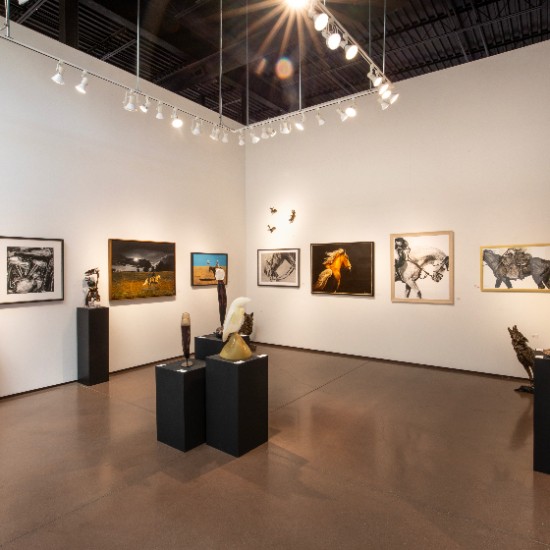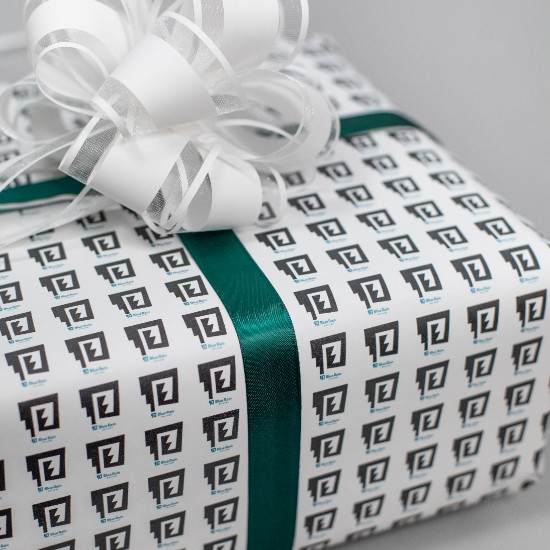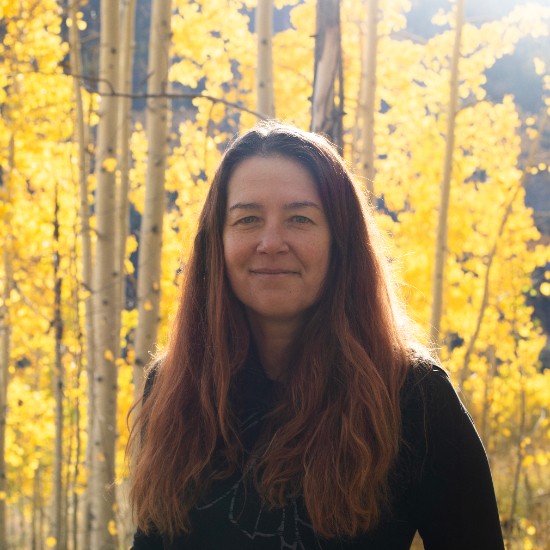Z. Z. Wei loves to drive, to hit the road and wander. The Pacific Northwest, Alaska, the Southwest and further afield all inspire his creatively imagined large-scale paintings. Like any master portraitist, Z. Z. brushes past detail to capture the character and personality of a region. His art is not about replicating a scene; each painting is alive with emotion, sparking personal memories in each of us and reminding us of the richness of the American landscape.

Born in Beijing in 1957 and growing up during the Cultural Revolution, it was not easy for an aspiring artist to achieve recognition but, as a skillful tapestry weaver and soft-sculpture artist in the 1980s, Z.Z Wei produced innovative artworks using a variety of materials. He was awarded two exhibitions at the National Art Museum of China in Beijing. This success brought him to the attention of American collectors while he was still living in China.

Shortly thereafter, a Washington exchange program offered him and nine other Asian artists a chance to come to the United States and Z. Z. jumped at the chance. The opportunities for more artistic freedom were irresistible and US immigration policies at the time allowed him to stay on. Back roads captured his imagination and he learned to drive, wandering daily and returning to his studio to paint what inspired him. His strong sense of the landscape being alive became the central character in his signature style.

“I paint what I feel,” says Wei, “Simplicity is power.” Each inspiration for a new painting begins with a sketch. He does “tons of sketches on 3" x 5” index cards,” allowing him to resolve composition, structure, essential elements and even the color palette before approaching the canvas. As he begins to paint, he carefully sets forth his plan, adjusting intuitively as he works, building layer upon layer. His paintings comprise bold, stylistic components of abstraction, movement, and expressionism.

Many of Wei’s paintings feature a rusty car traveling down a winding road or other well-worn modes of transportation. Buildings are weathered, hills rounded, drawing your eye into what lies ahead. There is a sense of loneliness in some scenes, a sense of possibility in others. His paintings are often exercises in nostalgia, a “re-envisioning” of an earlier time. Occasional road signs seem to portend future events. Striking, richly hued brush strokes delineate rolling hills, buildings, and highways, while elongated late-day shadows stretch and dance across each scene like patterns of lace through a sheer, sun-pierced curtain. We are passengers along for the ride.




